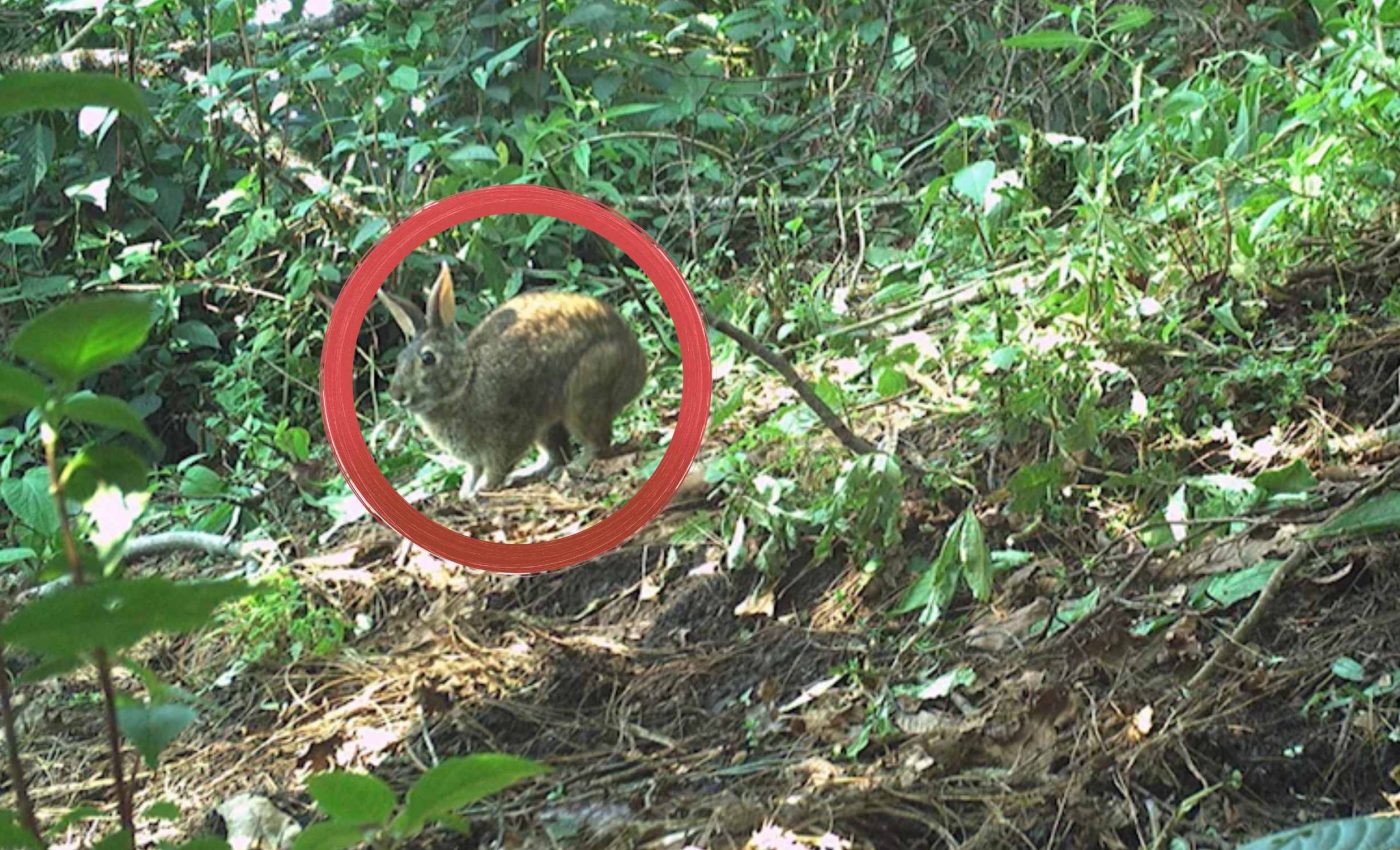
Omiltemi rabbit comes back to life after 120 years without a trace
Nature can sometimes pull off the most amazing returns. A prime example is the Omiltemi cottontail rabbit (Sylvilagus insonus), which recently reappeared in Mexico after staying out of official sight for over 120 years.
Scientists once believed this humble creature had vanished for good, especially since it was last formally documented in 1904 and not observed again. Many people even doubted it was distinct from other rabbits until fresh evidence turned that skepticism around.
Rabbits that are difficult to track
This comeback story is credited to ecologist José Alberto Almazán-Catalán, president of Instituto para el Manejo y Conservación de la Biodiversidad (INMACOB). He led a five-year expedition that captured irrefutable images in the rugged forests of southwestern Mexico.
These large rabbits belong to the order lagomorpha, a group that includes hares and pikas. Their habitat in the Sierra Madre del Sur mountains, a range in southwestern Mexico, has made them difficult to track.
“Just knowing that it had been 100 years, and no other scientist had seen a live [Omiltemi] rabbit is incredible,” said Almazán-Catalán. He noted that he initially struggled to confirm whether the rabbit was truly out there.
Unraveling local knowledge
Local residents had whispered about a darker-tailed rabbit for decades, yet outside experts wrote off these reports as confusion with common cottontails.
Community members eventually presented fresh carcasses from recent hunts, prompting scientists to reassess their assumptions.
“It’s totally different from the regular cottontail, and I was completely amazed and very happy to have had that opportunity to see one,” said Almazán-Catalán. Researchers used these local leads to decide where to place their cameras.
Why the rabbit disappeared for so long
The Omiltemi cottontail’s long absence wasn’t entirely due to its rarity. It has a very small distributional range, restricted to the cloud forests on this particular range of mountains.
These conifer forests are tough to access and haven’t been a high priority for past scientific surveys. Political instability, limited funding, and rugged terrain made the region one of the least studied biodiversity zones in Mexico.
Adding to the confusion, the subtle physical differences between the Omiltemi rabbit and other common species led to years of misidentification. Many scientists assumed that sightings involved the more widespread cottontail types. Without clear photos or fresh specimens, no one could confirm its survival – until now.
The search for a lost rabbit
Scientists placed camera traps, motion-activated devices that record images when animals pass by, in select conifer forests. These tactics verified that Omiltemi cottontails still live among the pines and firs at high elevations.
It turns out that the Omiltemi cottontail rabbit lacks the fluffy white tail that many associate with bunnies. Its short, black tail and compact frame clearly set it apart from other species in the region.
“This search was full of unexpected turns and employed everything from interviews to drones to find this little rabbit,” said Christina Biggs, lost species officer for Re:wild. She applauded the meticulous approach that kept the team on track despite many hurdles.
“Eighty percent of the objectives of this project have been achieved,” said Almazán. Additional surveys will be needed to uncover the breeding patterns and overall population dynamics of this elusive animal.
Implications for future conservation
Local community members are amenable to adjusting hunting practices if research shows a threat to rabbit populations. Their willingness to collaborate might become the key to safeguarding a species that many had already dismissed.
Protecting this rabbit goes beyond preserving a single species. It also helps maintain the ecological web in these highland forests by keeping predator-prey relationships and soil quality in balance.
“They are important for seed dispersal. They are the base of the food chain for predators such as snakes, owls, tigrillos, ocelots, pumas, and coyotes,” said Almazán.
Recognizing significant efforts
“We applaud these tenacious and comprehensive efforts as they provide crucial updates for our partner IUCN Red List assessors to better make recommendations for species survival,” said Biggs. Her perspective emphasizes the value of accurate data in shaping future wildlife policies.
Experts believe that community awareness will play a crucial role in preventing any repeat disappearance. Clear guidance and ongoing research will help ensure that these rare rabbits remain firmly on the map.
Global project to find missing animals
The rediscovery of the Omiltemi rabbit wasn’t just a local win – it was part of a broader mission.
The effort was guided by Re:wild’s Search for Lost Species, a global project that is focused on finding animals that haven’t been officially documented in over a decade. The Omiltemi cottontail is now the 13th species brought back into scientific awareness through this initiative.
Support from international conservationists, database tools, and remote monitoring technology made the search possible. By combining satellite data, community interviews, and drone flights, researchers were able to map out promising habitats in ways that weren’t feasible even a few decades ago.
Information for this article comes from a Re:wild press release.
—–
Like what you read? Subscribe to our newsletter for engaging articles, exclusive content, and the latest updates.
Check us out on EarthSnap, a free app brought to you by Eric Ralls and Earth.com.
—–













